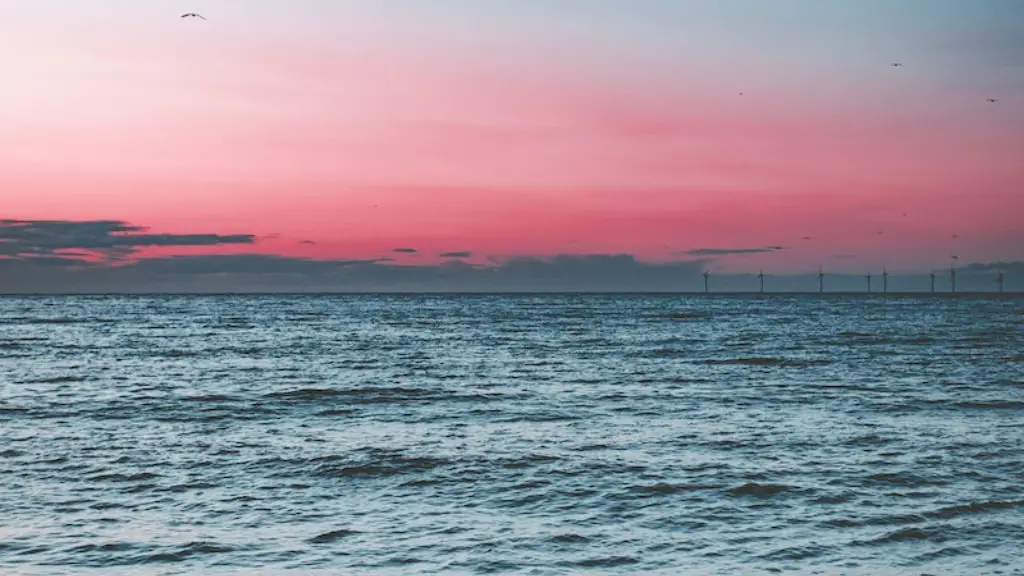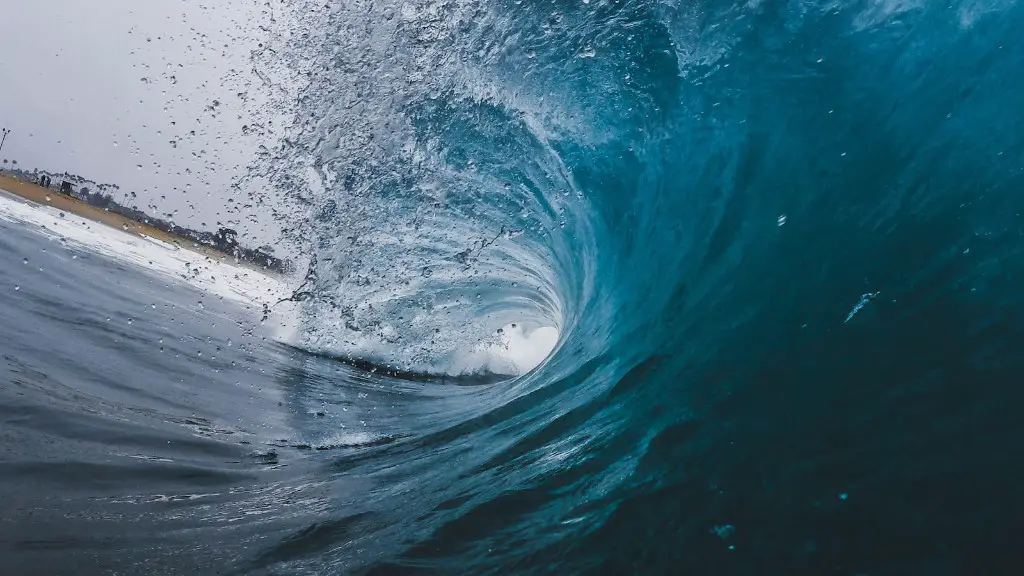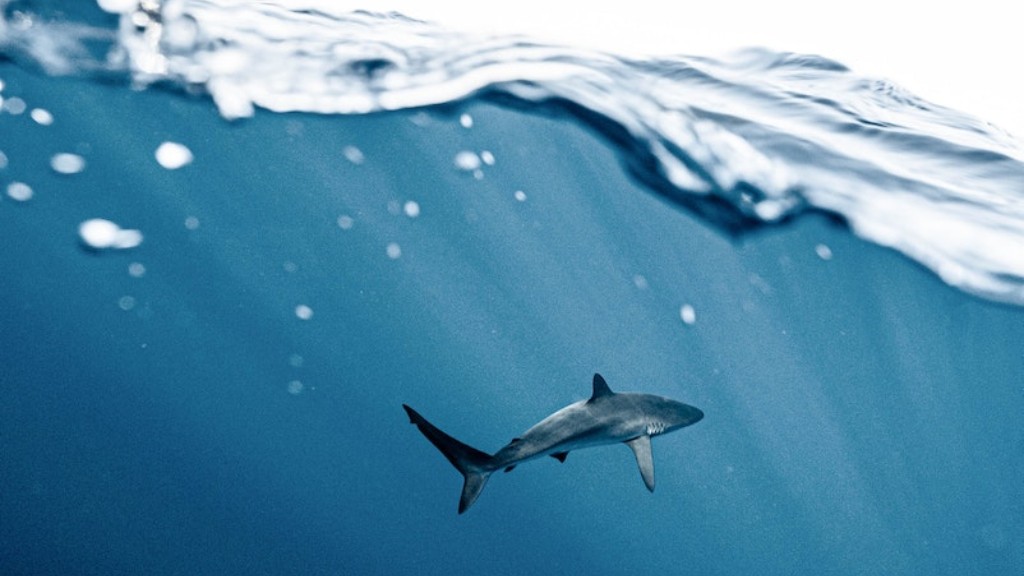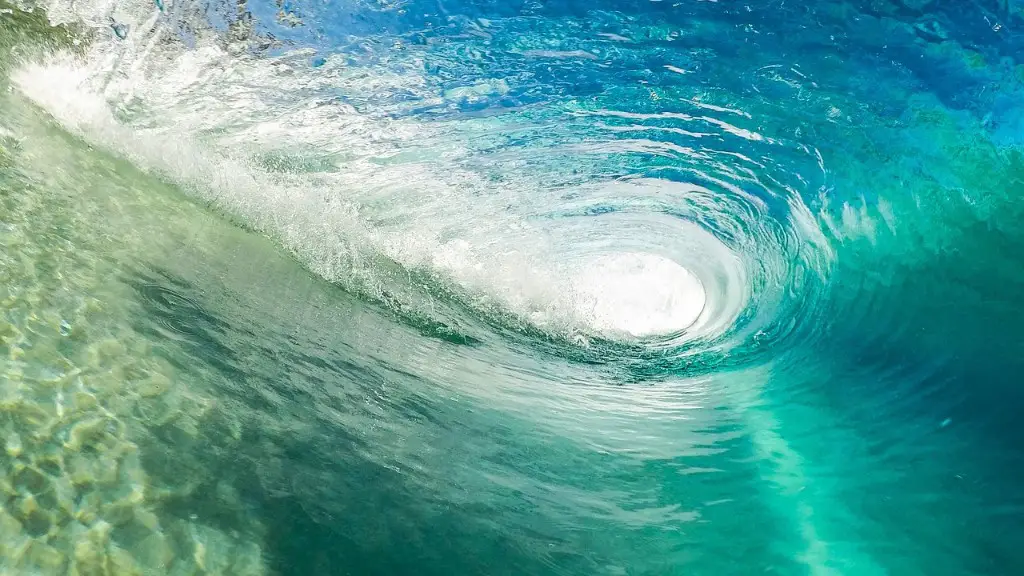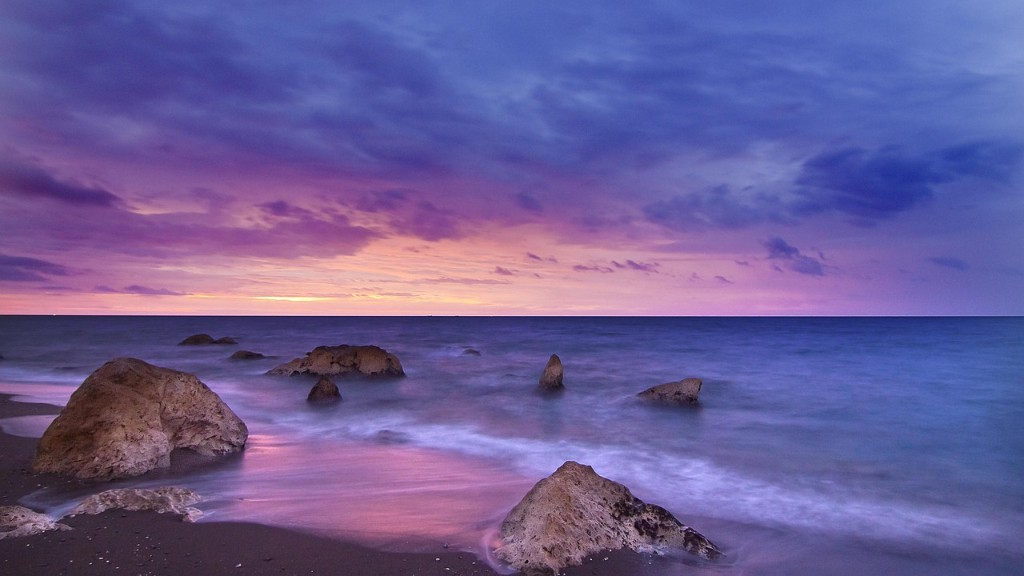A map of the red sea is a map that shows the red sea. The red sea is a sea that is located between Africa and Asia.
The map of the Red Sea shows its location in relation to the countries in the region, as well as its major geographical features. The Red Sea is a narrow strip of water that lies between Africa and the Arabian Peninsula. It is one of the world’s busiest shipping lanes, as it connects the Mediterranean Sea to the Indian Ocean.
Which country is Red Sea in?
The sea is a body of water that separates the coasts of Egypt, Sudan, and Eritrea to the west from those of Saudi Arabia and Yemen to the east. It has a maximum width of 190 miles, a greatest depth of 9,974 feet (3,040 metres), and an area of approximately 174,000 square miles (450,000 square km).
An exclusive economic zone (EEZ) is a sea zone prescribed by the United Nations Convention on the Law of the Sea over which a state has special rights regarding the exploration and use of marine resources, including energy production from water and wind.
A country’s EEZ extends 200 nautical miles (370 km) from its coastal baseline. In addition to the territorial sea, the EEZ gives the state exclusive rights over the exploitation and management of natural resources, including fishing, oil, gas, and other minerals.
How long did it take Moses to cross the Red Sea
According to tradition, the Israelites crossed the Red Sea seven days after the Passover. The reason for this is that the Passover commemorates the freeing of the Israelites from slavery in Egypt, and the crossing of the Red Sea marks their liberation from Pharaoh’s army. This event is seen as a pivotal moment in the history of the Israelites, and so the seven-day period between the two events is seen as a time of great significance.
The note reads:
This is the location of the Red Sea crossing, where the Israelites crossed into safety after being pursued by the Egyptians.
Can you swim in the Red Sea?
Swimming in the sea can be a fantastic experience, but you need to be aware of the abundant marine life in the coral waters of the Red Sea. Stonefish, scorpionfish, rays, jellyfish, sea urchins, and coral could all be present during your swim. Be sure to take the necessary precautions to avoid any dangerous encounters.
The Red Sea is a one-of-a-kind destination for scuba diving and snorkeling. With over 1200 species of fish, including 44 species of sharks, the Red Sea is the perfect place to get up close and personal with marine life.
Where did Moses cross the Red Sea?
Sinai North is the northernmost tip of the Gulf of Suez, where the Israelites are said to have crossed the Red Sea. Today, the area is part of the American Colony in Jerusalem, and houses the Library of Congress.
The Pacific Ocean is the largest ocean on Earth. It covers about one-third of the Earth’s surface. The Pacific Ocean is about twice as large as the Atlantic Ocean. The Pacific Ocean has an area of about 174,000 square miles (450,000 square kilometres). The Pacific Ocean is the deepest ocean on Earth. Its maximum depth is 9,580 feet (2,920 metres). The Pacific Ocean is the widest ocean. Its maximum width is 190 miles (310 kilometres).
Why do they call it Red Sea
The Red Sea is a very salty sea, and it is thought that the name comes from the fact that it contains a cyanobacteria called Trichodesmium erythraeum, which turns the water a reddish-brown color. This is a very interesting hypothesis, and it is definitely worth further investigation.
In 1896, a mummy was discovered in the Red Sea. It was later proven to be the body of Menephtah, a Pharaoh of the Ancient Egyptian Empire. This is an amazing discovery as it provides insight into the lifestyle and culture of the ancient Egyptians.
What does the Red Sea symbolize in the Bible?
The physical salvation of Israel at the Red Sea is a significant event in the history of the nation. The prophets of Israel often appealed to this event as a basis for calling the nation to obedience. The Passover feast commemorates the salvation of Israel’s firstborn and is a reminder of the nation’s deliverance from bondage.
Moses was a great leader and prophet of God. He led the Israelites out of slavery in Egypt and into the Promised Land. He was a man of great faith and obedience.
God told Moses to strike a rock in order to get water for the people. Moses did as he was instructed, and water came out of the rock.
Later, God told Moses to strike the rock again, this time in order to get water for the people to drink. Moses did as he was instructed, but this time he struck the rock too hard and water came gushing out.
Moses was a man who followed God’s instructions perfectly. He was obedient and faithful. These two qualities are very important in a leader.
What sea did Jesus walk on
The story goes that Jesus was trying to get away from a large crowd that had gathered to hear him preach. So he and his disciples got into a boat and headed out onto the water. But soon after they set off, a strong wind began to blow, and the boat was toss around by the waves. The disciples became terrified, and began to think that they were going to drown.
But Jesus calmly got up and walked across the water to the boat. He then said to the disciples, “Take courage! It is I. Don’t be afraid.”
When the disciples saw that it was Jesus, they were filled with joy and amazement. And then Jesus got into the boat and the wind died down.
This story is significant because it shows that Jesus has power over nature. It also shows that he is willing to help us when we are in trouble. And finally, it teaches us to have faith in Jesus, even when things seem impossible.
1. The exact origins of the name “Red Sea” are unknown, but it is thought to be derived from the translation of its ancient Greek name, Erythra Thalassa.
2. The Red Sea has been an important trade route for centuries, connecting the East with the Mediterranean.
3. The Red Sea is home to a number of unique and threatened species, including the Red Sea elephant.
4. The Red Sea is one of the world’s most biodiverse marine environments, with over 1,200 species of fish.
5. The Red Sea is a major source of food and income for millions of people.
6. The Red Sea is also known for its health benefits, including its ability to improve circulation and aid in detoxification.
How many miles does it take to cross the Red Sea?
This is an interesting finding that could have implications for transportation and trade. It may be possible to use wind power to clear paths through mud flats, making it easier and faster to travel across them. This could be a useful tool for travelers in areas with large mud flats.
Grey reef sharks are a common sight in Egypt’s Red Sea. They are shy reef dwellers with a stocky build, and can grow up to two metres in length. Black and whitetip reef sharks are also often seen in the area.
Does the Red Sea have crocodiles
There are no crocodiles in the red sea. The red sea is named for the seasonal bacteria that can alter its appearance.
Although most species in the Red Sea pose no threat to humans, there are a few notable exceptions. The most dangerous include the box jellyfish, the stonefish, and the lionfish. These creatures can cause serious illness or death if not properly treated. It is important to be aware of these dangers when swimming or diving in the Red Sea.
Warp Up
The Red Sea is a narrow, intercontinental sea located between Africa and Asia. The sea is locked in by the Red Sea Rift, which runs along its length and is a total of 3,000 miles long.
The map of the Red Sea is a beautiful and informative addition to any home. It is a great way to learn about the world and to understand the different cultures that exist within it. The map is also a great way to teach children about geography. The map of the Red Sea is an essential tool for anyone who wants to learn about this fascinating part of the world.
